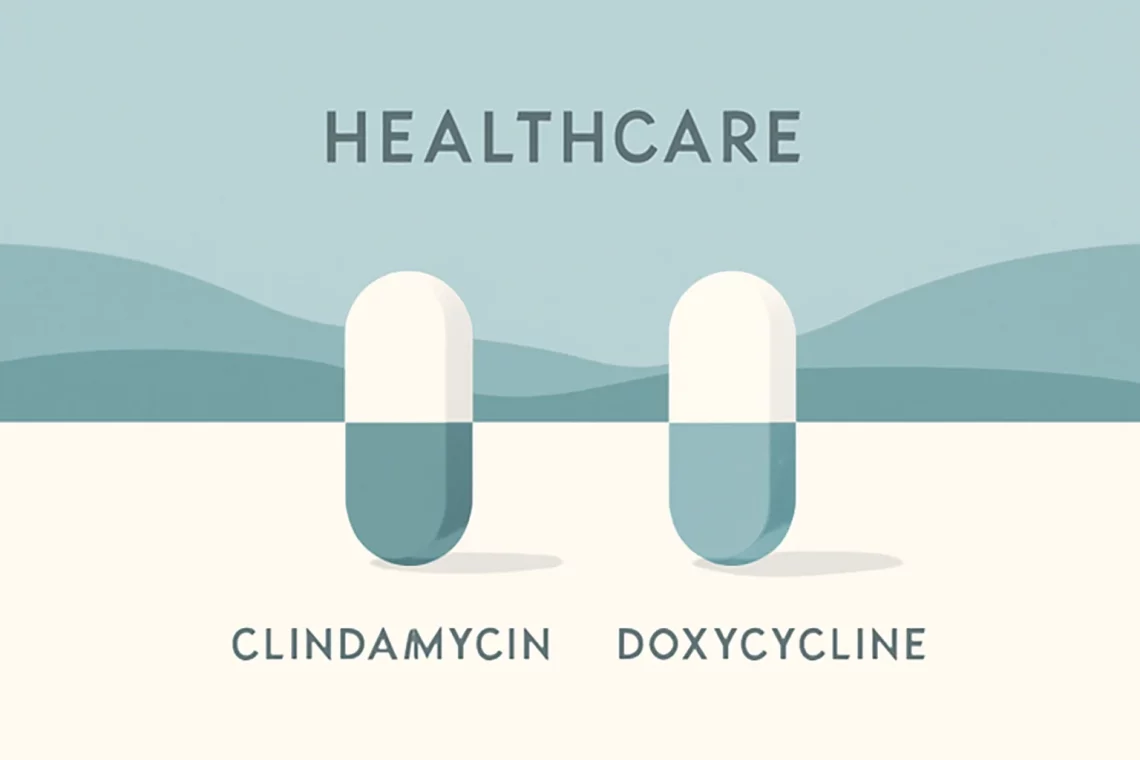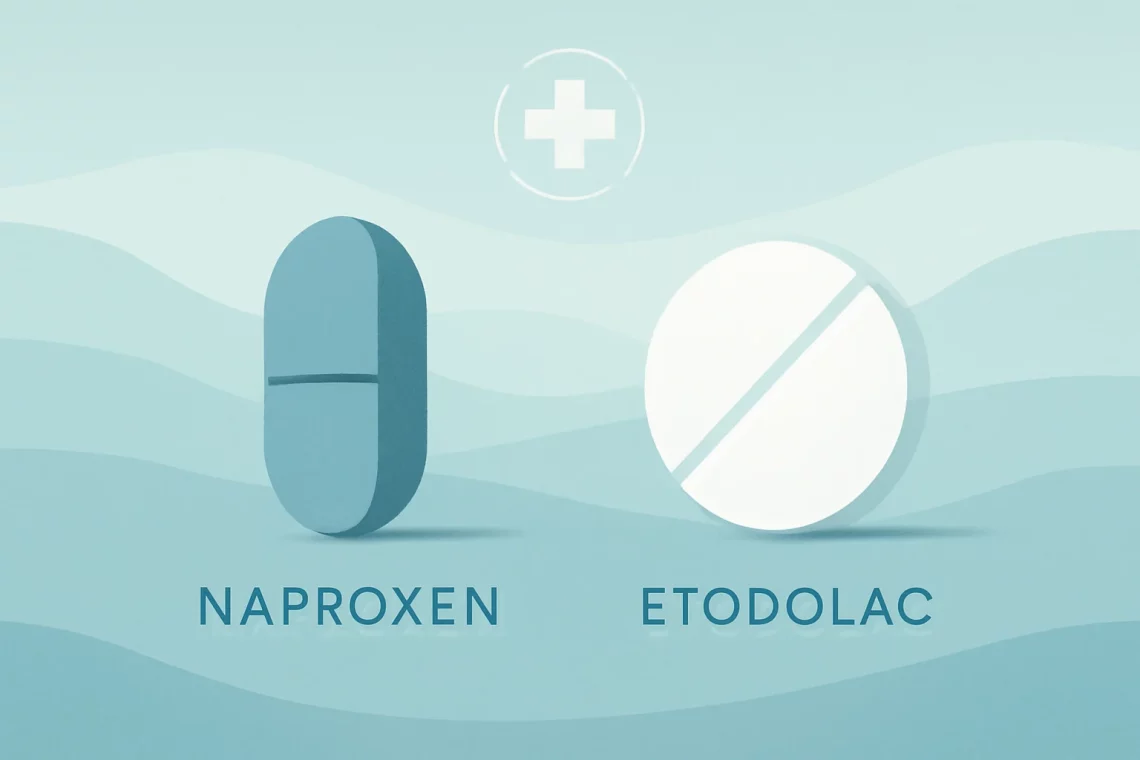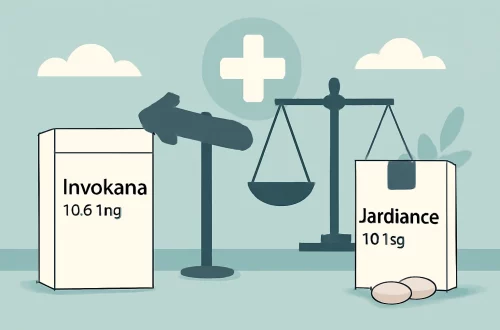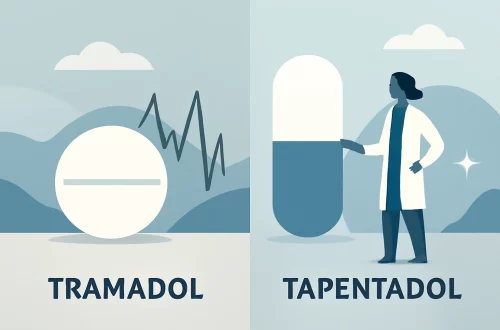Health
-
Viagra vs Stendra: Which ED Treatment is Right for You?
Erectile dysfunction (ED) is a common condition that affects men of all ages, and it can have a significant impact on relationships and overall quality of life. As more men seek solutions to this issue, medications like Viagra and Stendra have become widely recognized for their effectiveness in treating ED. Both of these medications belong to a class of drugs known as phosphodiesterase type 5 (PDE5) inhibitors, which work by increasing blood flow to the penis in response to sexual stimulation. Despite their similar mechanisms of action, there are notable differences between Viagra and Stendra that can influence a patient’s choice. Understanding these differences, including their effectiveness, side effects, and…
-
Clindamycin vs Doxycycline: Which Antibiotic Is Right for You?
Clindamycin and doxycycline are two commonly prescribed antibiotics that serve as effective treatments for various bacterial infections. Both medications belong to different classes of antibiotics and have distinct mechanisms of action, making them suitable for specific types of infections. As antibiotic resistance becomes an increasing concern, understanding the nuances of these medications is essential for healthcare professionals and patients alike. Clindamycin is often utilized for treating skin infections, respiratory tract infections, and certain dental infections. It is particularly effective against anaerobic bacteria and certain strains of staphylococci. On the other hand, doxycycline is a tetracycline antibiotic that is effective against a broad range of bacteria, including those that cause respiratory…
-
Biktarvy vs Triumeq: A Comprehensive Comparison of HIV Treatments
In recent years, the treatment landscape for HIV has evolved significantly, offering patients more effective and convenient options. Among these advancements, Biktarvy and Triumeq have emerged as two prominent antiretroviral therapies. Both medications are designed to help manage HIV effectively, providing patients with the ability to maintain a suppressed viral load, which is essential for long-term health and well-being. As individuals navigate their treatment options, understanding the differences, benefits, and potential side effects of these medications becomes crucial. The choice between Biktarvy and Triumeq can impact not only the effectiveness of the treatment but also the quality of life for patients. Factors such as dosing regimens, side effects, and drug…
-
Tramadol or Codeine Which Pain Relief Option Is Right for You
Tramadol and codeine are two commonly prescribed medications that belong to the class of opioids. They are primarily used for pain management, but they have distinct differences in their formulations, efficacy, side effects, and potential for abuse. Understanding these differences is vital for patients and healthcare providers alike, as they navigate the complexities of pain treatment. The growing concern over opioid misuse has led to increased scrutiny of these medications, making it essential to provide accurate information about their uses and risks. Both tramadol and codeine can be effective in treating various types of pain, yet they also carry the potential for dependency and other adverse effects. This article aims…
-
Tramadol vs Codeine: Which Pain Relief Option is Right for You?
Tramadol and codeine are two commonly prescribed medications used to manage pain. While they belong to different classes of drugs, both are effective in alleviating moderate to severe discomfort. Understanding the differences and similarities between these two medications is crucial for patients and healthcare providers alike. The choice between tramadol and codeine can significantly impact a patient’s pain management strategy, as well as their overall health and well-being. With the rise of chronic pain conditions, the demand for effective analgesics has increased, making it essential to explore the unique properties of each medication. Tramadol, a synthetic opioid, works by altering the way the brain and nervous system respond to pain.…
-
Insulin Detemir vs Insulin Glargine: Which is Right for You?
Insulin therapy has become a cornerstone in the management of diabetes, providing patients with the means to control their blood glucose levels effectively. Among the various insulin formulations available, Insulin Detemir and Insulin Glargine are two popular long-acting insulins that play a crucial role in the treatment of diabetes. Both of these insulins are designed to mimic the body’s natural insulin release, allowing for better glycemic control and minimizing the risk of complications associated with diabetes. Understanding the differences and similarities between these two insulins can empower patients and healthcare providers alike to make informed decisions about diabetes management. With the increasing prevalence of diabetes worldwide, the choice of insulin…
-
Naproxen vs Etodolac: Which Pain Reliever Is Right for You?
Naproxen and etodolac are both nonsteroidal anti-inflammatory drugs (NSAIDs) that are commonly used to manage pain and inflammation. As part of a broader category of medications, they are often recommended for a variety of conditions, including arthritis, menstrual cramps, and other musculoskeletal disorders. While both medications aim to alleviate discomfort and reduce inflammation, they possess distinct properties and mechanisms of action that may make one more suitable than the other depending on the patient’s specific needs. Understanding the differences between naproxen and etodolac is essential for both patients and healthcare providers. This knowledge can lead to more informed decisions regarding treatment options, enhancing the overall effectiveness of pain management strategies.…
-
Tramadol vs Diclofenac: Understanding Pain Relief Options
Tramadol and diclofenac are two commonly used medications that serve distinct purposes in pain management. While both drugs are effective in alleviating discomfort, their mechanisms of action, side effects, and appropriate usage differ significantly. Understanding these differences can help individuals make informed decisions about their pain management options. Tramadol is an opioid analgesic, which means it works on the central nervous system to alleviate pain. It is often prescribed for moderate to severe pain and can be used in various conditions, from post-surgical pain to chronic pain disorders. On the other hand, diclofenac is a non-steroidal anti-inflammatory drug (NSAID) that primarily reduces inflammation and alleviates pain related to conditions such…
-
Prednisone vs Methylprednisolone: Which Steroid Should You Choose?
Prednisone and methylprednisolone are both synthetic corticosteroids widely used in the medical field to treat a variety of conditions, ranging from inflammatory diseases to certain types of cancer. These medications are known for their ability to reduce inflammation and suppress the immune system, making them valuable tools in managing a range of health issues. Patients and healthcare providers often face the decision of choosing between these two medications, as each has its own unique properties, benefits, and potential side effects. The choice may depend on the specific health condition being treated, as well as individual patient factors such as age, overall health, and any other medications being taken. The use…
-
Prednisone vs Methylprednisolone: Which Is Right for You?
Prednisone and methylprednisolone are both corticosteroids that play a crucial role in the management of various inflammatory and autoimmune conditions. These medications are synthetic derivatives of cortisol, a hormone produced by the adrenal glands. They work by mimicking the effects of cortisol, thus helping to reduce inflammation, suppress the immune system, and alleviate symptoms related to a wide range of disorders, including allergies, asthma, rheumatoid arthritis, and certain skin conditions. While both medications share many similarities in their mechanism of action and therapeutic uses, they also have distinct differences that may influence a healthcare provider’s choice when prescribing treatment. Factors such as the severity of the condition, the patient’s overall…






































